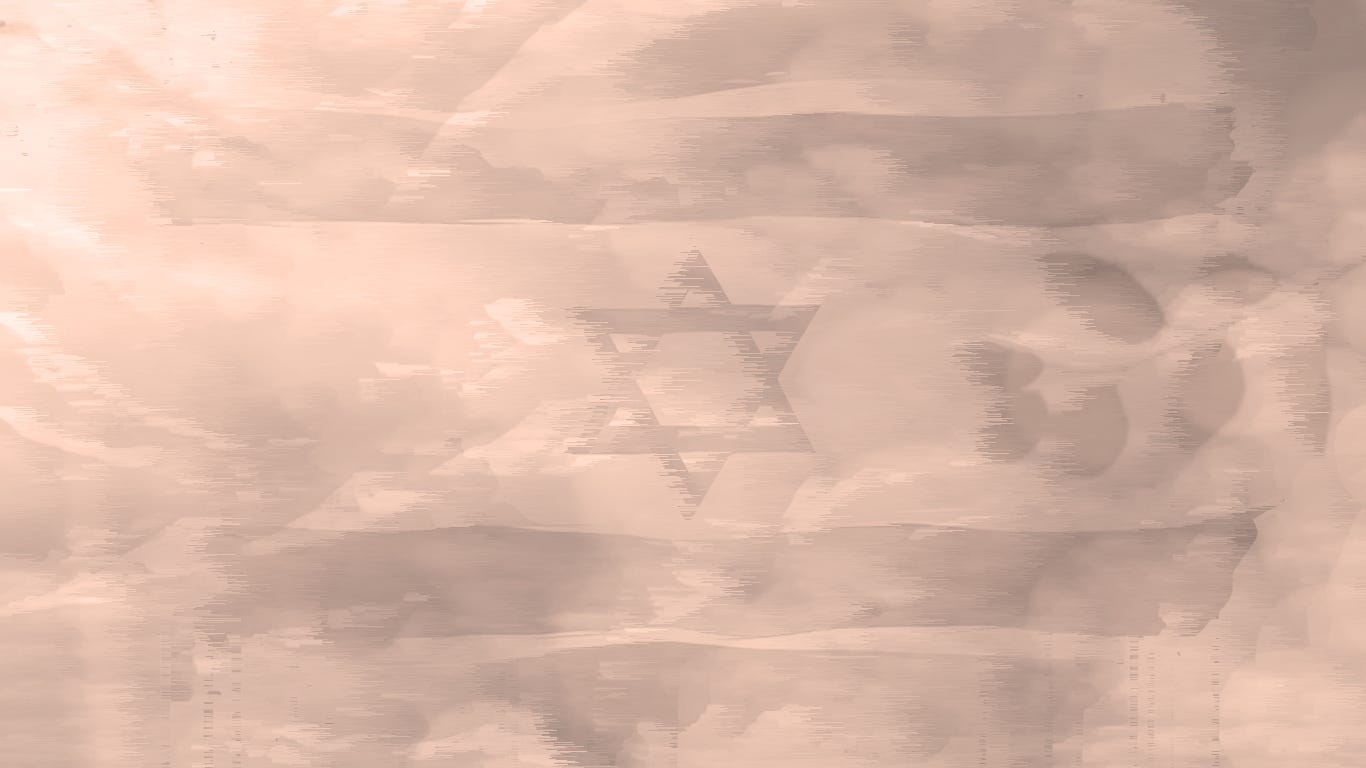A Blurry Day
Yom Ha'atzmaut Reflections
Today is Yom Ha'atzmaut, a day that is supposed to symbolize unity, independence, and national pride. But for many of us, it has always been a source of deep communal confusion. It feels as if, on this day, we are experiencing a different set of traditions and perspectives than many of those around us—those with whom we pray, socialize, and work.
To provide some context, many of us grew up in typical American frum homes, American Yeshiva families with a touch of open-mindedness. We were raised in an environment where Yom Ha'atzmaut and Yom HaZikaron, the preceding memorial day, were non-entities. They simply did not exist in our consciousness.
Personally, my family made aliyah to Israel two decades ago. This transition changed little for me, aside from spending the Chagim in Israel, keeping one day, while still studying in the US. When I eventually came to learn in Israel, I was enveloped in the American bubble of the Mir Yeshiva. Here, my awareness of days like Yom HaShoah grew; we wer…
Keep reading with a 7-day free trial
Subscribe to Shui’s Newsletter to keep reading this post and get 7 days of free access to the full post archives.



